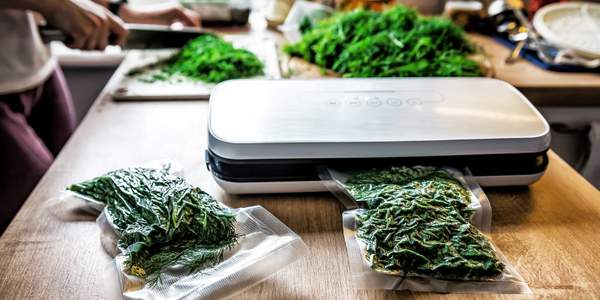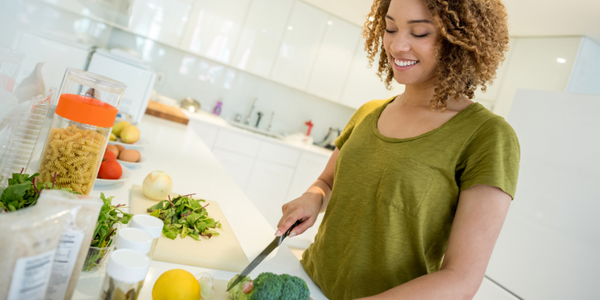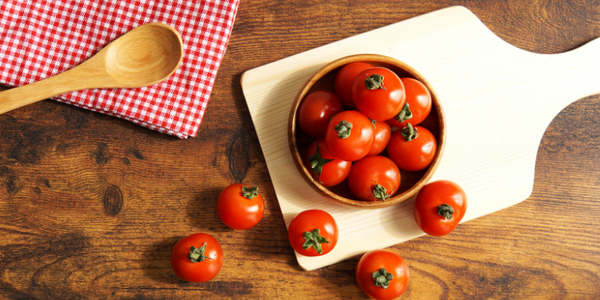Posted on May 11 2021

Sunflowers can bring so much beauty to your garden. Whether you grow an impressive solitary flower as a centerpiece or a patch of smaller flowers to nod together in the afternoon sun, they make a uniquely appealing choice that's sure to be admired.
But beyond their wonderful appearance, there are many other reasons to make space in your garden for these distinctive flowers. Here are just eight of the most important.
1) Simple to Grow
Sunflowers are straightforward to care for, making them ideal for younger gardeners or those who lack the time to look after more demanding plants. In fact, they're so eager to grow they often spring up unexpectedly from seeds discarded under bird feeders.
Sunflowers are sun worshipers that grow best in spots that get six to eight hours of direct sun per day. Plant seeds after the danger of spring frost has passed and the soil temperature is at least 60 degrees. This will be between March and May, depending on where you live. Sow your sunflower seeds in deep, well-draining soil, give them plenty of sunlight and water, and these vigorous plants will do the rest.
2) Great for Bees
Sunflowers are one of the most powerful attracters of bees and other pollinating insects, thanks to their bright yellow color and rich stores of nectar. Growing sunflowers will not only bring more bees to your garden to help pollinate your other flowers, but it'll also protect these vital insects which are under global threat from pesticides and loss of natural habitat.
3) Help to Feed Birds
Similarly, sunflowers which are left to develop seeds make an excellent food source for wild birds, helping to fatten them up before winter. As commercial crops, sunflowers need netting for protection, but in your garden you can go with the flow and let the local birdlife have their fill.
4) High Nutritional Value for People, Too
Sunflower seeds are packed with vitamins B and E, magnesium, selenium, and iron, making them a healthy and tasty snack or cooking ingredient. For the flowers you'd like to keep for yourself, you’ll need to cover the flower heads with garden fleece, cheesecloth or a paper bag after the seed heads mature and the petals fall off the blooms.
To gather your seeds cut off the sunflower head once most petals have fallen off and when the back of the flower turns brown. Leave about 6-12 inches of the stem attached.
Rub your hand over the seeds. If they don't easily detach, place the seed head inside a paper bag and store it in a warm, dry room for one to two weeks until the seeds finish maturing. To remove the seeds, brush your hand over the seed head, knocking out the seeds.
Place the seeds in a sealed container in a cool, dry place if you are using them for birdseed or to replant.
Roast sunflower seeds prior to storing if you'll be eating them. Spread the seeds out in a single layer on a pan. Roast in the oven at 300 degrees F for about 35 minutes. Let them cool. Salt if desired. Sunflower seeds can turn rancid even after you roast them if left at room temperature. Vacuum seal your seeds and they can stay fresh for a few months if refrigerated and can last several years if frozen. Find other food storage times here.
5) Fascinating Heliotropism
One interesting aspect of the way sunflowers grow is a phenomenon known as heliotropism. When they're young, the flower heads will track the sun as it crosses the sky through the day, returning their faces east overnight to start again at dawn. This fascinating behavior is especially useful for capturing a young gardener's attention and imagination, as it can be seen happening over the course of hours rather than the usual gardening timescales of weeks.
6) Range of Colors
Sunflowers might be best known in their bright golden-yellow guise, but varieties are available in pale lemon, orange, white, and dusky brown. Plant several kinds together in a bed and you'll enjoy an arrestingly beautiful display at the height of summer.
7) Variety of Sizes
If you don't have the space for a towering sunflower with a flower head the size of a dinner plate, that's not a problem. Sunflower varieties can grow as low as 36 inches or as high as 20 feet, with choices available in between that'll suit any size of garden.
8) Cleansing Growth
Lastly, sunflowers have an impressive ability to cleanse the soil as they grow, removing metal contaminants, including lead. These plants were even used to help clear radioactive materials from soils contaminated in the Chernobyl and Fukushima disasters. While your own yard is unlikely to need such dramatic treatment, it's good to know that these beautiful flowers will be helping to undo the harm of pollution as they grow.
Sunflowers are worth growing for their looks alone. But with all these other advantages, they're a plant which deserves a spot in every keen gardener's yard.





0 comments